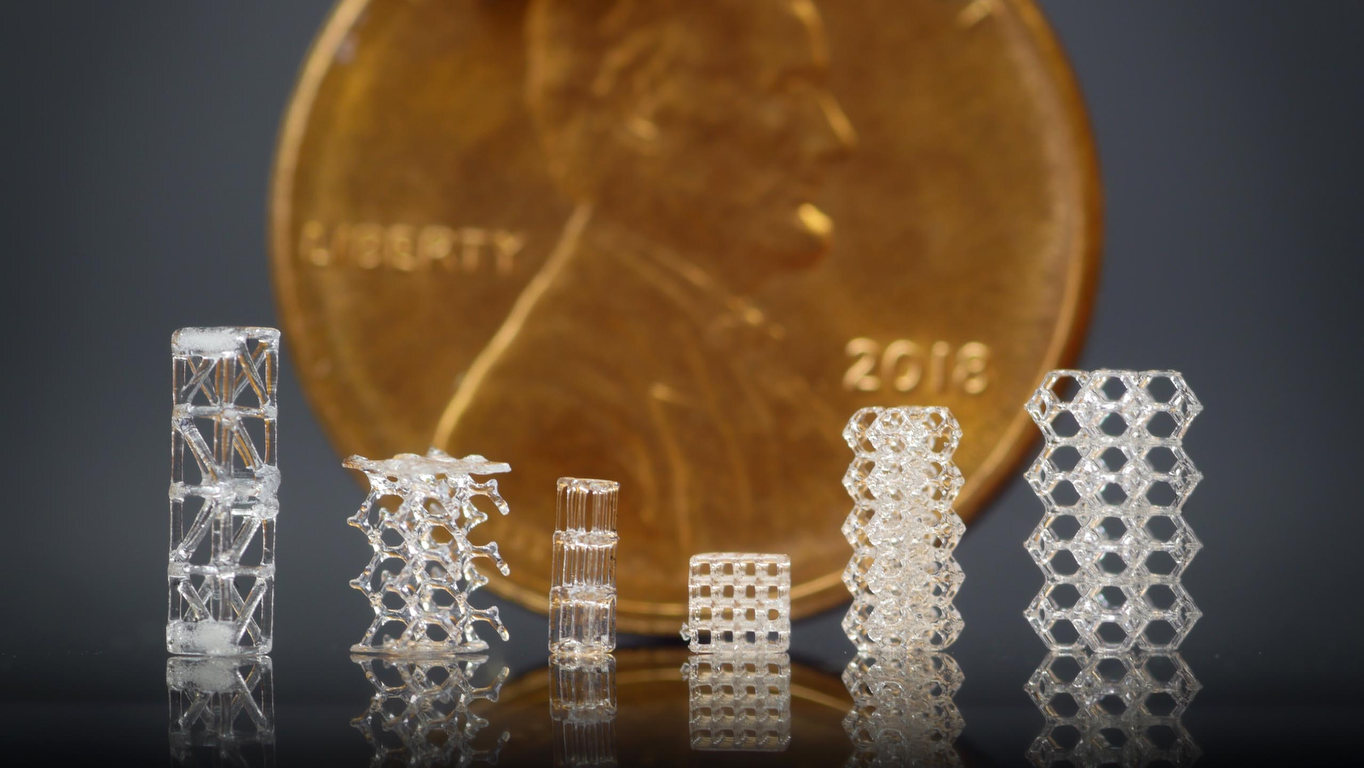

Well, you can and it’s called harassment. This likely varies on the state or country, but in my state it’s illegal. As usual, if a person gets arrested for this likely depends on the mood of the officer that might have witnessed it, the length of time it’s been going on and if death threats are involved.
In reality, it’s just magnitudes easier to see if someone got punched in the eye.








It’s possible, but unlikely because there needs to be proof and it needs to be extremely serious. That is the reason I mentioned death threats, actually.
The biggest problem is that even though harassment is clearly defined in my state, “harassment” is still likely subjective.